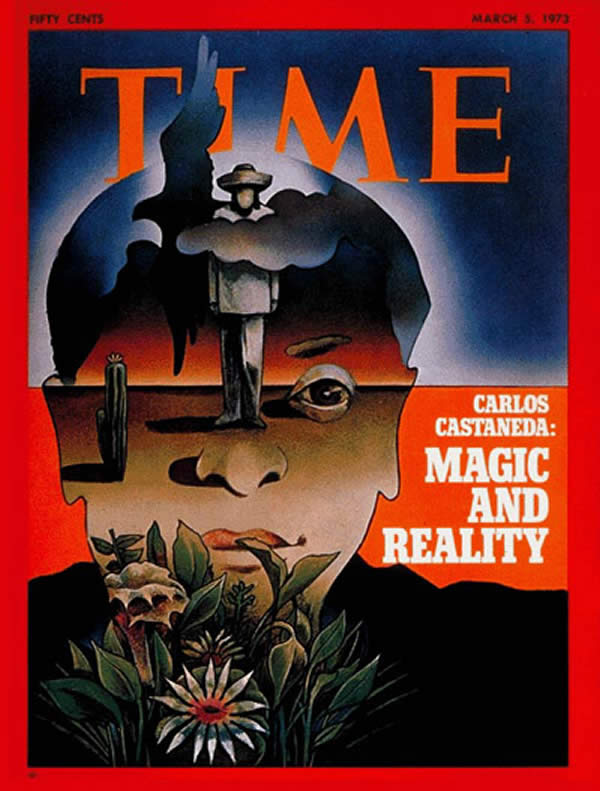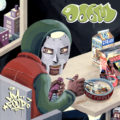
The Mexican drug culture has long been controversial, surrounded by different opinions and perspectives. One aspect of this culture is Narcocorridos, or drug ballads, a subgenre of Mexican Folk music that narrates the stories of drug traffickers and their exploits. Narcocorridos are like journalism put to a song and often depict the lives of cartel members as adventurous and glamorous. This genre first emerged in the 1970s and then exploded in the 1990s. It seems as if the more cartels make the news the more popular these songs get.
The audience for this type of music ranges from young teenagers to elderly Mexicans who want to relive the stories and feelings of the cartel members. Among one the most famous and older narcocorrido is “Rafael Caro Quintero”, by Los Invasores de Nuevo Leon. The song is about the 1985 arrest of Mexican druglord, Rafael Caro Quintero, who was under indictment for the torture and murder of DEA agent Enrique “Kiki” Camerena. Quintero was known for forming the Guadalajara Cartel with Miguel Angel Felix Gallardo in the 1970s and revolutionizing the drug trading business in Mexico. The popularization of this song led to many iterations done by different bands over the years. Similar corridos about famous druglords have surfaced since, one the most well-known being about El Chapo’s escape from prison. The glorification of these songs led the Mexican government to ban radio stations from transmitting narcocorridos.
The business of producing narcocorridos is a lucrative one; however, can be very dangerous as well. This genre has created hits on over a dozen bands throughout Mexico. Chalino Sanchez was proclaimed the “King of Corridos” in the 80s and 90s and is renowned as one of Mexico’s best singers. He was the face of the corrido industry up until his assassination in 1992. He was assassinated after his show because of his involvement with a rival drug cartel. Valentin Elizalde was a well-known banda star from Sinaloa when he was gunned down in his car after a concert in the city of Reynosa in 2006. The singer was believed to have offended the Gulf Cartel in one of his songs, which controlled the territory where he resided. His assassination was a wake-up call for those in the narcocorrido business as it showed that no one is safe, not even the business’s most loved artists.
The narcocorrido culture can come off as the glorification of violence; however, there are other aspects of this genre that make it appealing to listeners. The lack of labor and economic support from the government led many people to start writing about the events they saw on a daily basis, which were more often than not about the cartel and its actions. Narcorridos offered a local account of events that were commonly manipulated and misinterpreted by the media. The genre also offered people a way to deal with the trauma instilled by the war on drugs that was declared by president Felipe Calderon in 2006. This war has been waged over the country for the past decade and a half and the government has left the people with no alternatives. As a kid who spent my childhood in Mexico, I grew up listening to narcocorridos all the time. My father would play them every morning on our way to the farm. The culture surrounding this genre isn’t just about listening to stories about shootings and drug violence. For the people of Mexico, narcocorridos are a representation of their own culture and tell the stories that the people live through.






